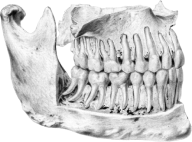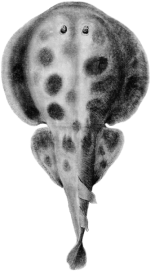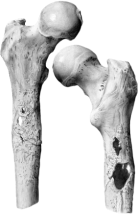
Copyright: Karen Ingham, 2009
Narrative Remains
6th October–5th December 2009
The Hunterian Museum at London’s Royal College of Surgeons is home to the anatomical collection of eighteenth century surgeon-anatomist John Hunter. Here, in the beautifully lit space of the crystal gallery are row upon row of preserved anatomical objects. But these objects were once subjects, numbers once names.
All the dead voices.
What do they say?
A new exhibition by artist Karen Ingham reveals some of the poignant personal narratives behind the two-hundred year old specimens in London’s Hunterian Museum.
Using film, photography and text Ingham has re-animated six specimens dissected by the 18th-century surgeon John Hunter.
They include the rectum of Thomas Thurlow, the Bishop of Durham, who died from bowel cancer in 1791, and the uterus of Mary Hunt, a servant who died by suicide in 1792 after fearing she was pregnant.
By re-uniting human remains with patients, and projecting their first-person narratives back onto the sites of dissection, the body parts become whole: they are names, and not just numbers.
Karen’s exhibition reminds us of the importance of the patient’s own story in Georgian medicine. Many of these narratives would have been well-known to those who visited Hunter’s museum in the 18th century, but have been forgotten over the subsequent two centuries. Bringing these body parts to life using Hunter’s own casebooks has been an exercise in historical research as well as artistic imagination.


